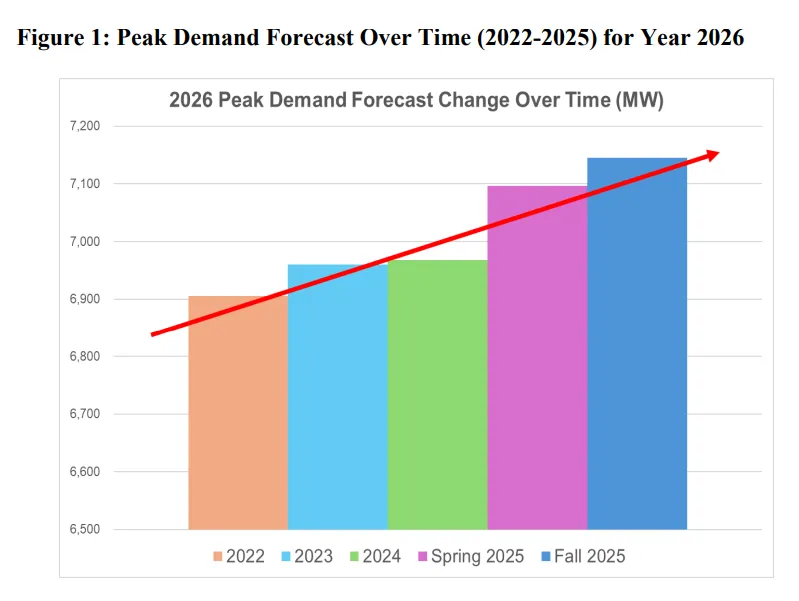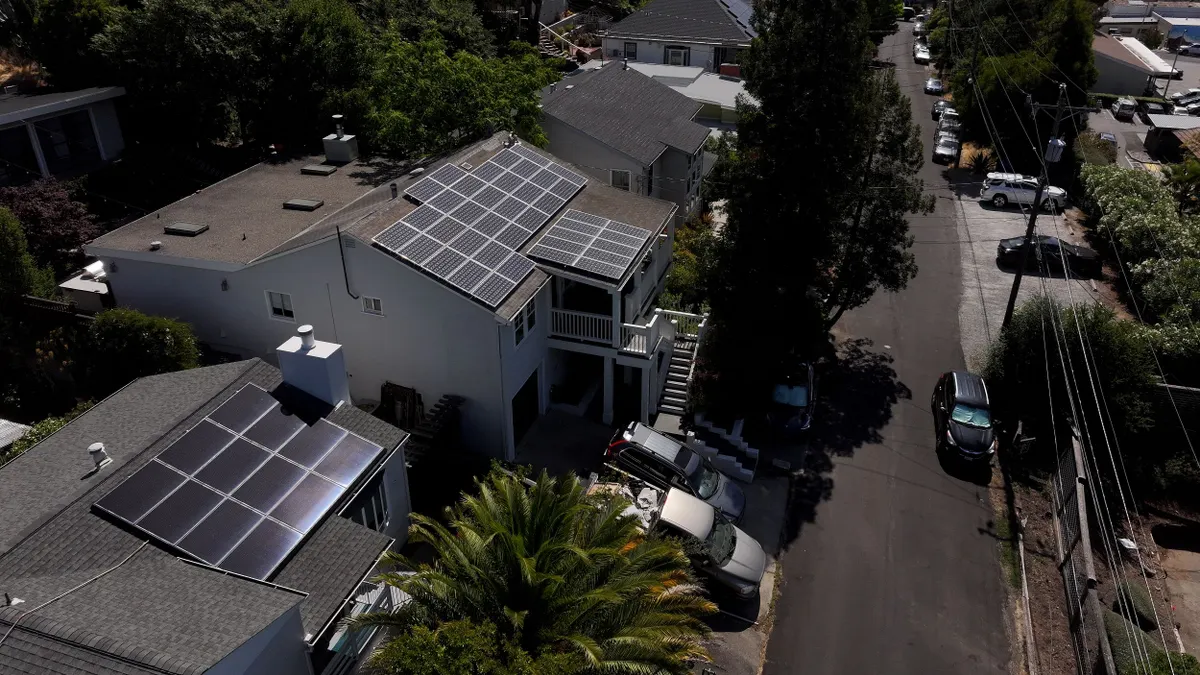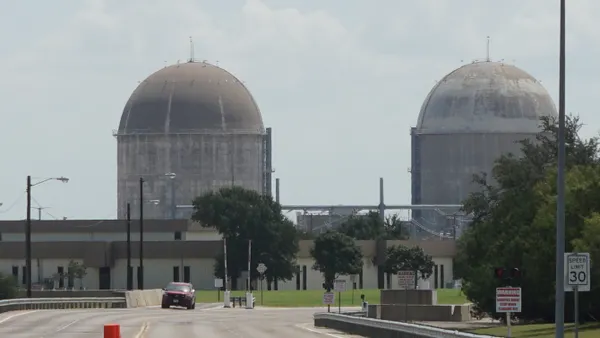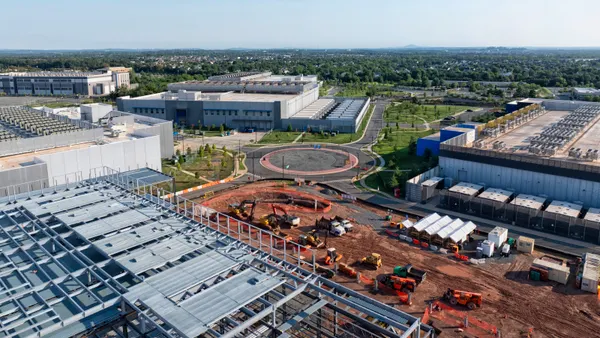Dive Brief:
- Xcel Energy, the Colorado Energy Office, Colorado Public Utilities Commission staff and the Colorado Office of the Utility Consumer Advocate have asked state regulators to approve a one-year operating extension for the coal-fired Comanche Unit 2, which is slated to close at the end of this year.
- Rising peak demand, an unplanned outage at Comanche Unit 3 and several other factors are driving the need, the parties said Monday. Comanche 2 has a nameplate capacity of 335 MW and an accredited capacity of 296 MW.
- The 750-MW Comanche 3 is not expected to resume operations until June at the earliest, according to the petition to the Colorado Public Utilities Commission. Operating Unit 2 in its stead is a “cost effective, nearterm solution,” the parties concluded.
Dive Insight:
Comanche 3 is the largest coal unit in Colorado and it’s been “an albatross around the neck of Xcel ratepayers,” Erin Overturf, clean energy director at Western Resources Advocates, said in a statement.
The troubled unit has been offline for part or all of 138 days for the two years beginning in early August 2023, according to WRA.
“This request to delay the long-planned retirement of Comanche 2 will lead to increased costs for utility customers at a time when people are already economically struggling,” Overturf said. And keeping Comanche 2 online without a requirement to limit operations, even if Comanche 3 resumes generating electricity, creates additional pollution risks, the group said.
“WRA will be reviewing this petition carefully, with a focus on reducing the potential environmental and economic harm” said Overturf.
Xcel has been planning to retire Comanche 2 since 2018, but in its petition the utility and parties said “the ensuing years have brought numerous changes in state policy, federal policy, resource planning, and power procurement.”

Over that timeframe “we have seen increasing peak load growth, requiring incremental resources to serve this demand,” they said. “Most recently, supply chain challenges, tariff uncertainties, and changes to federal law have led to delayed inservicing of resources that could have helped.”
Xcel also said that work it has done to modernize the utility’s resource accreditation process “revealed additional energy and capacity needs” compared to prior modeling approaches. “As such, the Company’s need for resources — including in 2026 and 2027 — identified through electric resource planning processes has increased over the coming years,” the utility and parties told the PUC.
The utility told regulators it will provide a report by March, to update them on the repair and return to service status of Comanche Unit 3, “including forecasted cost of repairs [and] any resource options identified in collaborative work with the joint petitioners for potential near-term resource adequacy benefits.”
Colorado Rep. Jeff Hurd, a Republican, reached out to President Donald Trump on Oct. 30 requesting the U.S. Department of Energy keep the Comanche plant online.
“Colorado’s grid is losing firm, dispatchable generation faster than replacement capacity can be brought online, while demand continues to grow,” Hurd wrote.
DOE has been using its powers to keep dispatchable plants from retiring under President Trump. Those efforts could cost ratepayers about $3.1 billion a year in 2028, according to an August analysis published by Earthjustice, the Environmental Defense Fund, the Natural Resources Defense Council and the Sierra Club.















